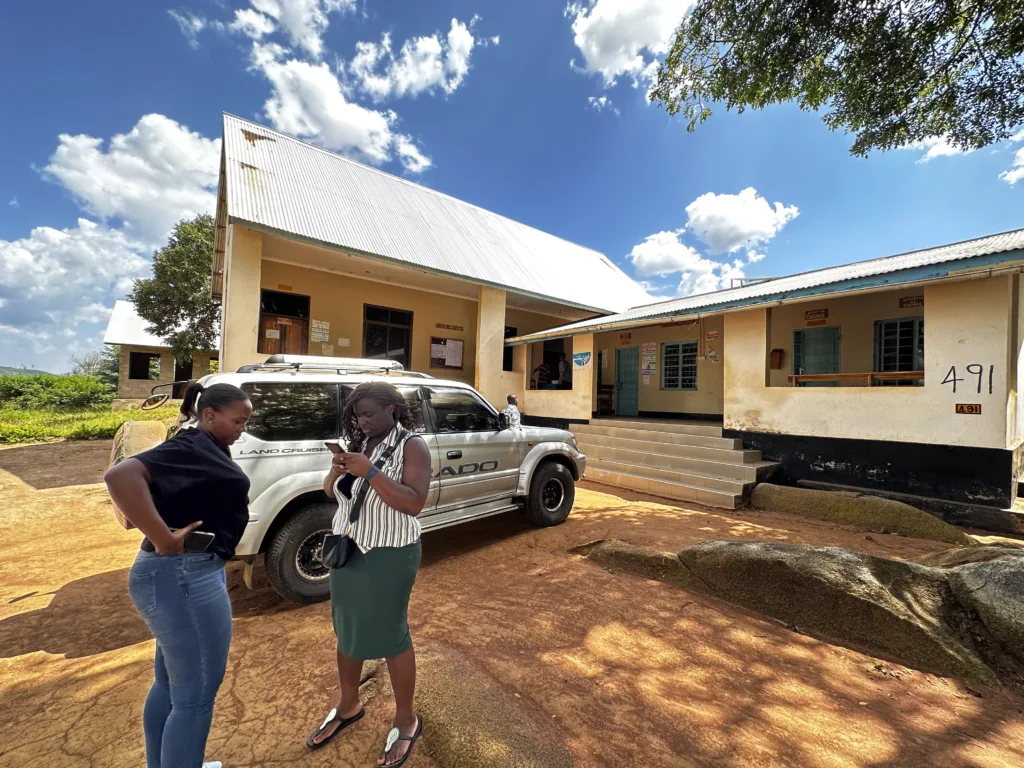Nexleaf’s ColdTrace Transport app helps health workers keep vaccines safe during distribution trips, and aggregated Transport data helps Ministries of Health plan more effectively. Check out our demo video to learn more about how ColdTrace Transport works. ColdTrace Transport is scaling up to all of Tanzania, thanks in large part to our human-centered design approach. Nexleaf Product Manager Jill Moraa shares her perspective on the value of engineers like herself taking trips alongside users, to see their challenges first-hand.
What made developing the ColdTrace Transport App different from other software projects you’ve worked on?
The model we undertook from the get-go was user-centered. In all other companies I have worked for before, profits were always paramount and most times superseded the needs of the users and actually creating tech to solve their problems. For Transport, I took time to build relationships with the users, understand their pain points and ensure that they were part of the whole process, from design of the wireframes to testing at each stage. This made them our main champions, and they advocate for the product’s success in all forums. They are incredible in their dedication to detail, and I learned a lot with regards to vaccines and how the solution could be tailored to ensure usability for them.
How does ColdTrace Transport work?
ColdTrace Transport is an IoT solution consisting of an Android application that connects to a Bluetooth-based sensor used to provide real-time temperature monitoring and location tracking to ensure vaccines remain potent to the last mile. The app provides real-time updates on temperatures of the vaccines and notifications in case a temperature excursion occurs based on WHO parameters for each vaccine type. Users can easily plan their route beforehand and monitor multiple cold boxes at the same time. It has lots of other functions and features as well, all informed by the users.
How did the opportunity arise to send the app developers on vaccine transport trips?
We were traveling to Tanzania for the Product Department all-team meeting, and it seemed that it would be a good idea for the Transport team to visit Mwanza and Geita so that we could get a chance to interact with the users and conduct a distribution so that we could experience the intricacies of distribution and the challenges it came with.
Had you ever traveled to remote parts of Geita or Mwanza in Tanzania before?
This was my (and the whole team’s) first experience traveling to rural Tanzania. It was phenomenal because we were able to have first-hand experience of the challenges our users face with regards to distribution of vaccines, such as unavailability of vehicles—we had to hire a vehicle that we used for these distributions, no dedicated vehicles were available for this—and bad roads—during one of the distributions, we had to stop and turn around as the route we had chosen had an impassable road, lengthening our trip. Having this experience enabled us to truly empathize with our users and understand, define, and articulate their pain points. This was a fundamental and foundational touch-point that guided us as we built the app.
What advice do you have for technologists who want to build applications for global health that will be useful to the end users and help bring about digital transformation?
Technology is an enabler and should always be treated as such—in this case for end users to solve a pain point they have. Technology has to work in collaboration with other social determinants (socioeconomic considerations, education and literacy, cultural practices, environmental factors) and may not provide an immediate solution for all issues. That said, human-centered design has been the recent buzz word, and it makes sense why. Having your user at the core and forefront of whatever you build drives adoption and adaptation of the technology into their daily lives.

ColdTrace Transport was designed, piloted, and is now scaling in partnership with Tanzania MoH, Tanzania IVD, inSupply Health, and with support from The ELMA Vaccines and Immunization Foundation and Gavi, the Vaccine Alliance.